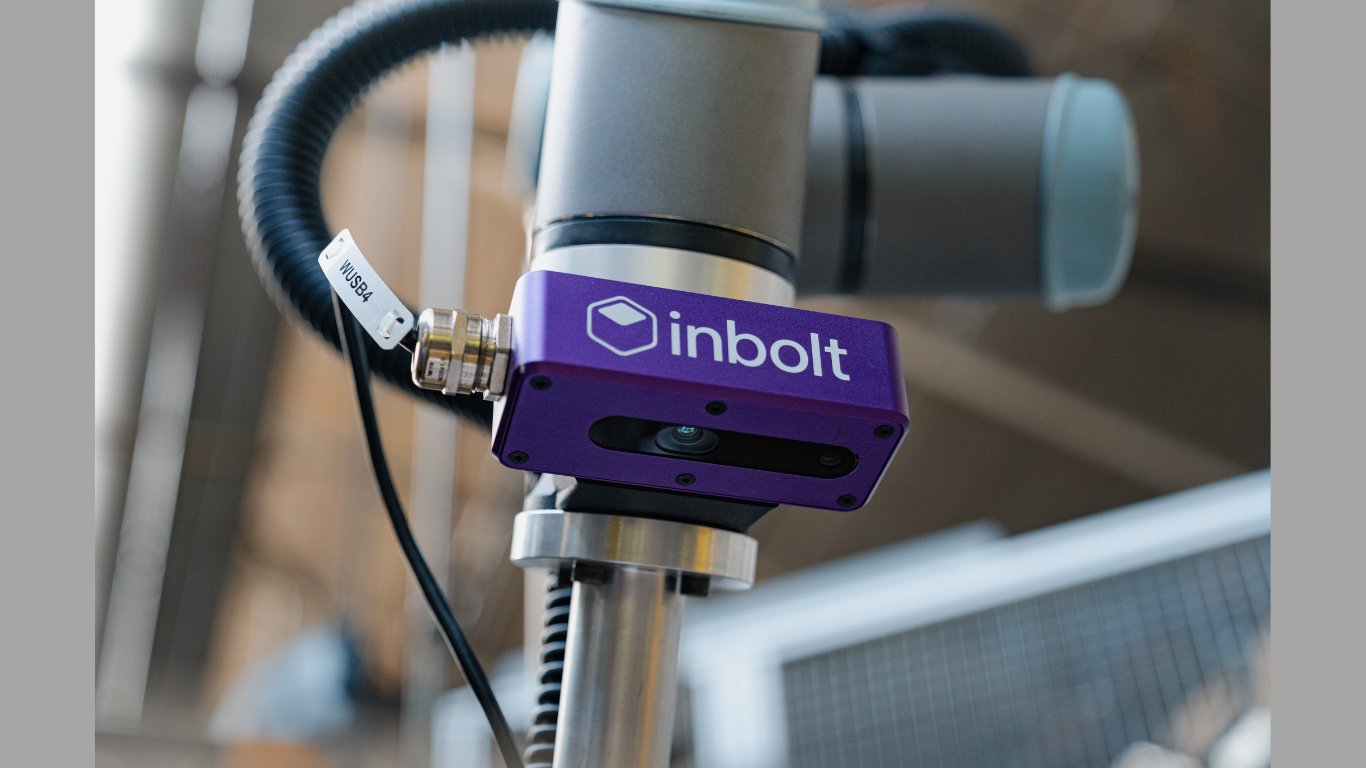Global enterprises rely on payment systems that keep transactions smooth and secure. When those systems fail, the costs show up quickly in fraud losses, missed sales, and broken customer trust. Leaders can no longer treat payments as background infrastructure. Every transaction has the power to build revenue or drain it.
Smarter systems use data and automation to change that outcome. They detect fraud early, recover failed payments, and support new revenue models like subscriptions. Each improvement compounds, turning payment operations into a source of hidden ROI.
The Cost of Status Quo: Fraud, Failed Transactions, and Revenue Leakage
Global enterprises lose significant sums to fraud and failed transactions. Every failed transaction, every false fraud flag, and every chargeback eats into margins. These costs pile up quietly, leaving leadership with an incomplete picture of their true financial health. Missed payments also frustrate customers, leading them to drop purchases or abandon subscriptions entirely.
Revenue leakage expands when payment systems lack intelligence. Outdated platforms cannot adapt to regional payment preferences or changing consumer behavior. The result is higher failure rates and missed sales opportunities across global markets. Companies that accept these gaps allow hidden costs to drain profitability month after month. Smarter systems, in contrast, transform transactions into reliable revenue sources.
Smarter Payment Systems: What Makes Them Smarter
A smarter payment system goes beyond processing transactions. It uses artificial intelligence to flag suspicious activity in real time, reducing fraud before it spreads. It reroutes transactions intelligently, finding the best path for approval and cutting down on costly declines. Features like automated retries ensure payments succeed even when technical hiccups occur.
These systems also support modern revenue models. Built-in tools for subscription billing and dunning management help enterprises grow recurring income. Their greatest strength lies in integration. A platform that seamlessly embeds into your tech stack connects with ERP, CRM, and analytics tools, turning payment data into actionable insight without slowing operations.
Measurable Financial Gains: Reducing Fraud and Chargebacks
Fraud remains one of the biggest drains on enterprise revenue. Smarter payment systems apply advanced analytics and AI to detect suspicious activity faster than manual reviews ever could. By stopping fraud at the point of transaction, companies protect both revenue and customer confidence. Fewer chargebacks mean lower fees and fewer hours wasted resolving disputes.
The financial impact compounds quickly. A reduction of even a few percentage points in fraud losses can translate into millions saved annually for global enterprises. These systems give leaders a clearer view of their true margins, proving that payment innovation is not a cost center but a driver of measurable returns.
Boosting Revenue by Minimizing Failed Transactions
Failed transactions create invisible losses that erode growth. A declined payment may mean a lost sale, an abandoned cart, or a customer who never returns. For global enterprises, even a small failure rate scales into millions in missed revenue each year. Customers expect seamless smart payment systems, and every failure puts that expectation at risk.
Smarter payment systems counter this problem with intelligent routing, adaptive retry logic, and support for local payment preferences. These features raise approval rates and keep transactions moving smoothly across markets. Higher success rates directly increase realized sales while lowering churn. Reliable payment processing becomes a quiet force that protects revenue and improves customer retention.
Subscription Billing: Unlocking Predictable, Recurring Revenue Streams
Enterprises are turning to subscription models to stabilize revenue and strengthen customer relationships. Recurring billing creates predictability, but it also introduces new challenges in payment management. Missed renewals, expired cards, and failed auto-payments can quickly undermine growth if systems are not built to handle them.
Smarter payment platforms solve these challenges with automated billing, flexible plan management, and built-in dunning processes. They recover lost payments, notify customers of updates, and keep subscriptions active. This stability allows enterprises to scale recurring revenue with confidence. What once required heavy manual oversight now becomes a streamlined process that sustains growth across global markets.
Implementation Best Practices for Global Enterprises
Rolling out a smarter payment system requires more than flipping a switch. Enterprises that treat implementation as a strategic process see better returns and fewer setbacks. The goal is to balance speed with precision, ensuring payments flow smoothly while unlocking the promised ROI. A thoughtful rollout avoids disruptions and builds confidence among both teams and customers.
- Phased Rollout: Introduce features gradually to test performance, gather data, and address challenges before scaling.
- Seamless Integration: Ensure the system connects with ERP, CRM, and billing platforms without slowing operations.
- Regional Adaptation: Support local payment preferences and comply with regulations to avoid costly compliance gaps.
- Performance Monitoring: Track fraud rates, transaction success, and subscription metrics to measure ROI continuously.
- Team Training: Equip staff with the knowledge to use new tools effectively and respond to payment issues quickly.
- Customer Focus: Prioritize a smooth transition to maintain trust and reduce churn during changes.
Wrapping Up
The hidden ROI of smarter payment systems emerges when enterprises see payments as a growth engine, not a background function. Every successful transaction adds strength to margins, while every avoided fraud loss safeguards long-term stability. By investing in intelligence, automation, and integration, global enterprises transform routine operations into a steady source of financial advantage. The systems handling payments today are shaping the profitability and resilience of tomorrow’s global leaders.
Article received via email






























